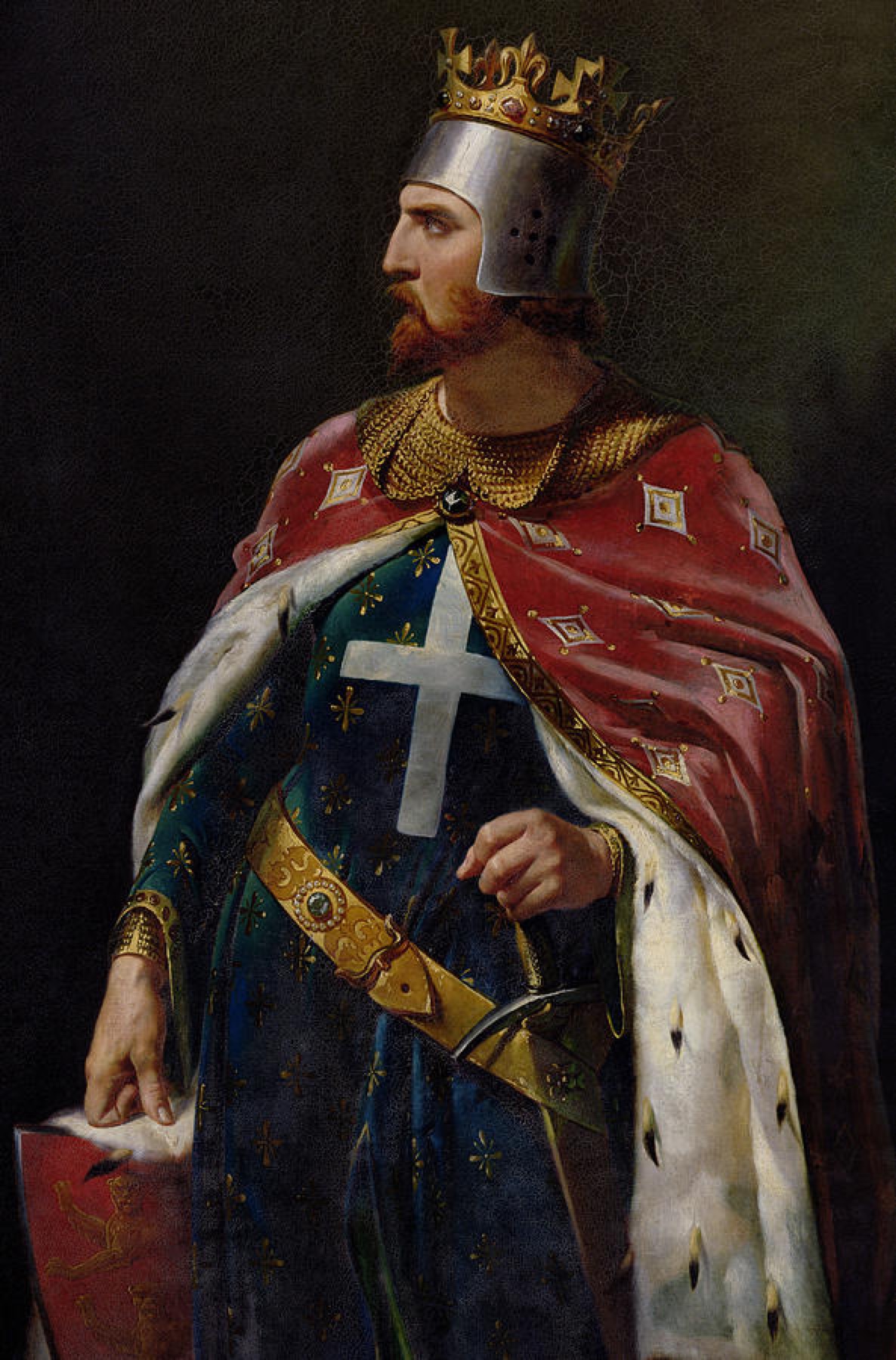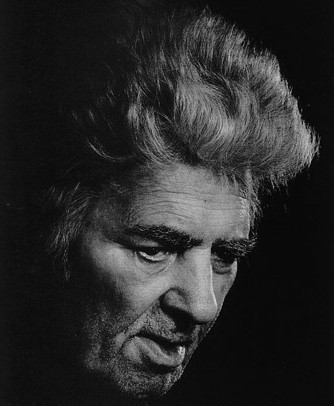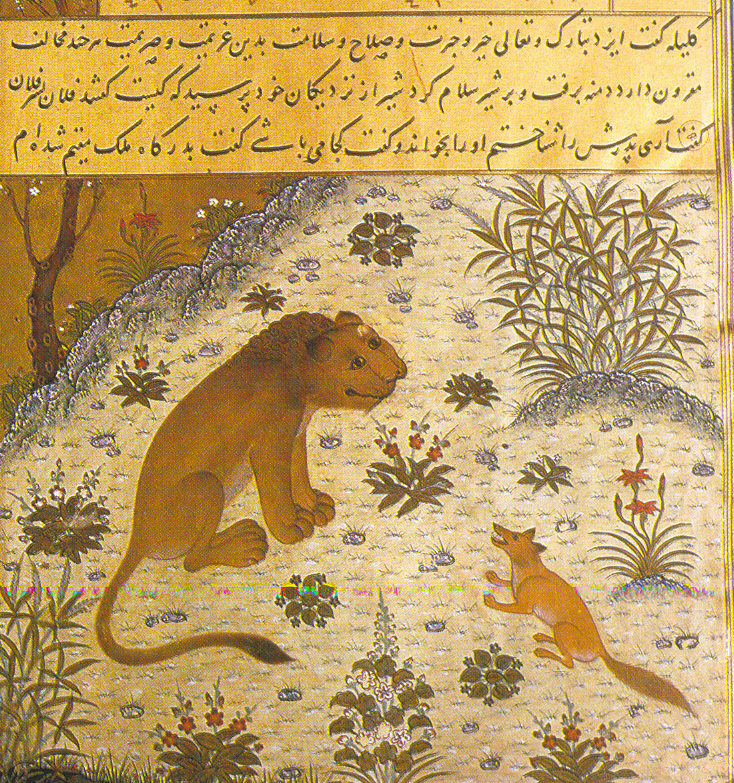|
Anvari
Anvari (1126–1189), full name Awhad ad-Din 'Ali ibn Mohammad Khavarani or Awhad ad-Din 'Ali ibn Mahmud () was a Persian poet. Anvarī was born in Abivard (now in Turkmenistan) and died in Balkh, Khorāsān (now in Afghanistan).''Encyclopædia Britannica''Online Edition 2007/ref> He studied science and literature at the collegiate institute in Toon (now Ferdows, Iran), becoming a famous astronomer as well as a poet. Anvari's poems were collected in a Divan, and contains panegyrics, eulogies, satire, and others. His elegy "Tears of Khorasan", translated into English in 1789, is considered to be one of the most beautiful poems in Persian literature. ''The Cambridge History of Iran'' calls Anvari "one of the greatest figures in Persian literature". Despite their beauty, his poems often required much help with interpretation, as they were often complex and difficult to understand. Anvari's panegyric in honour of the Seljuk sultan Sultan Sanjar (1117–1157), ruler of Khoras ... [...More Info...] [...Related Items...] OR: [Wikipedia] [Google] [Baidu] |
Ahmed Sanjar
Sanjar (, ; full name: ''Muizz ad-Dunya wa ad-Din Adud ad-Dawlah Abul-Harith Ahmad Sanjar ibn Malik-Shah'') (6 November 1086 – 8 May 1157) was the Seljuq ruler of Khorasan from 1097 until 1118,"SANJAR, Aḥmad b. Malekšāh" ''Encyclopædia Iranica'' when he became the of the , which he ruled until his death in 1157. Early years Sanjar was born on 6 November 1086 in Sinjar, a town situated in northwestern |
1189 Deaths
Year 1189 ( MCLXXXIX) was a common year starting on Sunday of the Julian calendar. In English law, 1189 - specifically the beginning of the reign of Richard I - is considered the end of time immemorial. Events By place Continental Europe * May 11 – Emperor Frederick I (Barbarossa) sets out from Regensburg, at the head of a German expeditionary force (some 15,000 men, including 4,000 knights). He has ensured that his lands are safe while he is away on crusade and leaves his son Henry VI in charge of the country. After leaving Germany, Frederick's army is increased by a contingent of 2,000 men led by Prince Géza, younger brother of King Béla III of Hungary. On July 27, he arrives at Niš and is welcomed by Stefan Nemanja, Grand Prince of Serbia. In order to ease his passage, Frederick makes diplomatic contacts with Hungary, the Byzantine Empire and the Seljuk Sultanate of Rum. * July 6 – King Henry II of England ("Curtmantle") dies at the Château ... [...More Info...] [...Related Items...] OR: [Wikipedia] [Google] [Baidu] |
Balkh
Balkh is a town in the Balkh Province of Afghanistan. It is located approximately to the northwest of the provincial capital city Mazar-i-Sharif and approximately to the south of the Amu Darya and the Afghanistan–Uzbekistan border. In 2021–2022, the National Statistics and Information Authority reported that the town had 138,594 residents. Listed as the List of cities in Afghanistan, eighth largest settlement in the country, unofficial 2024 estimates set its population at around 114,883 people. Historically, the site of present-day Balkh was held in considerably high regard due to its religious and political significance in Ariana. A hub of Zoroastrianism and Buddhism, the ancient city was also known to the Ancient Iran, Persians as Zariaspa and to the Ancient Greece, Greeks as Bactra, giving its name to Bactria. As such, it was famously known as the capital of Bactria or Tokharistan. The Italian explorer and writer Marco Polo described Balkh as "a noble city and a great ... [...More Info...] [...Related Items...] OR: [Wikipedia] [Google] [Baidu] |
List Of Persian Poets And Authors
The list is not comprehensive, but is continuously being expanded and includes Persian poets as well as poets who write in Persian from Iran, Azerbaijan, Iraq, Georgia, Dagestan, Turkey, Syria, Afghanistan, Turkmenistan, Tajikistan, Uzbekistan, Lebanon, China, Pakistan, India and elsewhere. From the 7th to the 8th centuries * Bassam Kurd, poet (بسام کُرد) * Abu'l-Abbas Marwazi, poet (ابوالعباس مروزی) 9th century 10th century * Ferdowsi فردوسی * Abusaeid Abolkheir ابوسعید ابوالخیر * Rudaki رودکی * Abu Mansur Daqiqi ابومنصور دقیقی * Mansur Al-Hallaj منصور حلاج * Unsuri عنصری * Rabi'a Balkhi رابعه بلخی * Asjadi عَسجَدی * Farrukhi Sistani فرخی سیستانی * Isma'il Muntasir اسماعیل منتصیر * Kisai Marvazi کسائی مروزی * Abu Shakur Balkhi ابوشکور بلخی * Abu Tahir Khosrovani (ابوطاهر خسروانی) * Qabus, Qabus ibn Wushmagir, poet ... [...More Info...] [...Related Items...] OR: [Wikipedia] [Google] [Baidu] |
Sanjar
Sanjar (, ; full name: ''Muizz ad-Dunya wa ad-Din Adud ad-Dawlah Abul-Harith Ahmad Sanjar ibn Malik-Shah'') (6 November 1086 – 8 May 1157) was the Seljuq ruler of Khorasan from 1097 until 1118,"SANJAR, Aḥmad b. Malekšāh" ''Encyclopædia Iranica'' when he became the of the , which he ruled until his death in 1157. Early years Sanjar was born on 6 November 1086 in Sinjar, a town situated in northwestern |
Persian Literature
Persian literature comprises oral compositions and written texts in the Persian language and is one of the world's oldest literatures. It spans over two-and-a-half millennia. Its sources have been within Greater Iran including present-day Iran, Iraq, Afghanistan, Pakistan, the Caucasus, and Turkey, regions of Central Asia (such as Tajikistan), South Asia and the Balkans where the Persian language has historically been either the native or official language. For example, Rumi, one of the best-loved Persian poets, born in Balkh (in modern-day Afghanistan) or Wakhsh (in modern-day Tajikistan), wrote in Persian and lived in Konya (in modern-day Turkey), at that time the capital of the Seljuks in Anatolia. The Ghaznavids conquered large territories in Central and South Asia and adopted Persian as their court language. There is thus Persian literature from Iran, Mesopotamia, Azerbaijan, the wider Caucasus, Turkey, Pakistan, Bangladesh, India, Tajikistan and other parts of Cent ... [...More Info...] [...Related Items...] OR: [Wikipedia] [Google] [Baidu] |
Diwan (poetry)
A diwan (from Persian language, Persian ; ) is a collection of Poetry, poems by a single author – usually excluding the poet's Mathnawi (poetic form), long poems – in Islamic cultures of West Asia, Central Asia, North Africa, Sicily and South Asia. The vast majority of Diwan poetry was Lyric poetry, lyric in nature: either ghazals (or ''gazel''s, which make up the greatest part of the repertoire of the tradition) or ''kasîde''s. There were, however, other common genres, most particularly the ''mesnevî''—a kind of Courtly romance, verse romance and thus a variety of narrative poetry; the two most notable examples of this form are the ''Layla and Majnun'' (ليلى و مجنون) of Fuzûlî and the ''Hüsn ü Aşk'' (حسن و عشق – 'Beauty and Love') of Şeyh Gâlib. Originating in Persian literature, the idea spread to the Arab, Turkic and Indic worlds, and the term was sometimes used in Europe, albeit not always in the same way. Etymology The English usage of t ... [...More Info...] [...Related Items...] OR: [Wikipedia] [Google] [Baidu] |
12th-century Iranian Astronomers
1 (one, unit, unity) is a number, numeral, and glyph. It is the first and smallest positive integer of the infinite sequence of natural numbers. This fundamental property has led to its unique uses in other fields, ranging from science to sports, where it commonly denotes the first, leading, or top thing in a group. 1 is the unit of counting or measurement, a determiner for singular nouns, and a gender-neutral pronoun. Historically, the representation of 1 evolved from ancient Sumerian and Babylonian symbols to the modern Arabic numeral. In mathematics, 1 is the multiplicative identity, meaning that any number multiplied by 1 equals the same number. 1 is by convention not considered a prime number. In digital technology, 1 represents the "on" state in binary code, the foundation of computing. Philosophically, 1 symbolizes the ultimate reality or source of existence in various traditions. In mathematics The number 1 is the first natural number after 0. Each natural number, ... [...More Info...] [...Related Items...] OR: [Wikipedia] [Google] [Baidu] |
1126 Births
Year 1126 ( MCXXVI) was a common year starting on Friday of the Julian calendar. Events By place Byzantine Empire * Summer – Emperor John II Komnenos re-confirms the treaty of 1082. This ends the hostilities with Hungary and Venice. John secures Braničevo, and recovers the region of Sirmium on the Danube, but is forced by Venice to renew the exclusive commercial privileges. Levant * Spring – The Crusaders under Pons, count of Tripoli, attack the fortress of Rafaniya (once held by Pons' grandfather Raymond IV), which dominates the entry of the Buqaia from the Orontes Valley. They besiege the fortress for 18 days and capture it on March 31. * Autumn – Bohemond II takes over his inheritance of the Principality of Antioch. He sails from Otranto with a Norman fleet of 24 ships, carrying a number of troops and horses. Bohemond lands at the port of St. Symeon early in October and is welcomed at Antioch. Europe * February 18 – Battle of ... [...More Info...] [...Related Items...] OR: [Wikipedia] [Google] [Baidu] |
12th-century Persian-language Poets
1 (one, unit, unity) is a number, numeral, and glyph. It is the first and smallest positive integer of the infinite sequence of natural numbers. This fundamental property has led to its unique uses in other fields, ranging from science to sports, where it commonly denotes the first, leading, or top thing in a group. 1 is the unit of counting or measurement, a determiner for singular nouns, and a gender-neutral pronoun. Historically, the representation of 1 evolved from ancient Sumerian and Babylonian symbols to the modern Arabic numeral. In mathematics, 1 is the multiplicative identity, meaning that any number multiplied by 1 equals the same number. 1 is by convention not considered a prime number. In digital technology, 1 represents the "on" state in binary code, the foundation of computing. Philosophically, 1 symbolizes the ultimate reality or source of existence in various traditions. In mathematics The number 1 is the first natural number after 0. Each natural number, ... [...More Info...] [...Related Items...] OR: [Wikipedia] [Google] [Baidu] |
Mathematics
Mathematics is a field of study that discovers and organizes methods, Mathematical theory, theories and theorems that are developed and Mathematical proof, proved for the needs of empirical sciences and mathematics itself. There are many areas of mathematics, which include number theory (the study of numbers), algebra (the study of formulas and related structures), geometry (the study of shapes and spaces that contain them), Mathematical analysis, analysis (the study of continuous changes), and set theory (presently used as a foundation for all mathematics). Mathematics involves the description and manipulation of mathematical object, abstract objects that consist of either abstraction (mathematics), abstractions from nature orin modern mathematicspurely abstract entities that are stipulated to have certain properties, called axioms. Mathematics uses pure reason to proof (mathematics), prove properties of objects, a ''proof'' consisting of a succession of applications of in ... [...More Info...] [...Related Items...] OR: [Wikipedia] [Google] [Baidu] |
Theology
Theology is the study of religious belief from a Religion, religious perspective, with a focus on the nature of divinity. It is taught as an Discipline (academia), academic discipline, typically in universities and seminaries. It occupies itself with the unique content of analyzing the supernatural, but also deals with religious epistemology, asks and seeks to answer the question of revelation. Revelation pertains to the acceptance of God, gods, or deity, deities, as not only transcendent or above the natural world, but also willing and able to interact with the natural world and to reveal themselves to humankind. Theologians use various forms of analysis and argument (Spirituality, experiential, philosophy, philosophical, ethnography, ethnographic, history, historical, and others) to help understanding, understand, explanation, explain, test, critique, defend or promote any myriad of List of religious topics, religious topics. As in philosophy of ethics and case law, arguments ... [...More Info...] [...Related Items...] OR: [Wikipedia] [Google] [Baidu] |








